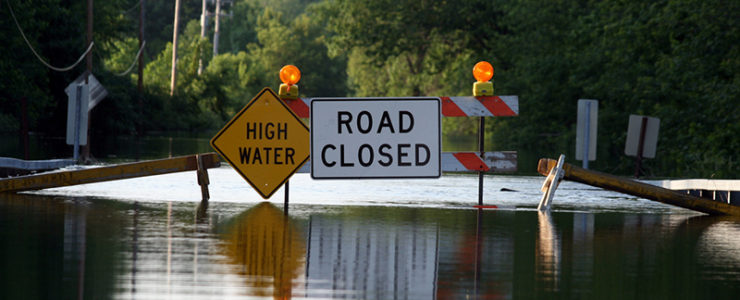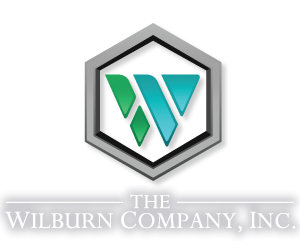
It’s been an unfortunate month for emergency response in Maryland. In the aftermath of flooding in Howard and Frederick Counties and the destruction caused by historic water levels in Ellicott City, many in the area have been left struggling to repair and recover.
At the Wilburn Company, we’re grateful to see rebuilding happening at these sites. And we’re thankful that the sites we serve were unaffected by recent flooding.
As you might expect, we aren’t often tasked with responding to historic emergency events.
However, we do serve over 9 million square feet of space, and we do provide emergency response services to many facilities. So, unsurprisingly, over our decades providing facility cleaning services, we’ve witnessed our share of emergencies. We’ve seen burst pipes, hazardous spills, and more.
Based on that context, here’s how we approach flood clean-up, and emergency response in general.
Because, while you never want an emergency to occur, you also can’t afford to be unprepared for when it does.
What Emergency Preparation Entails
The first step to emergency response should always take place long before the emergency ever happens: preparation.
The GS-42 program offers a robust platform for emergency preparedness. The program involves the creation of a building manual. This manual is used as the foundation for all decision-making in the event of an emergency.
The manual contains comprehensive procedural information for use in emergency response:
- Emergency contacts for customers
- Contacts at state and federal levels should the situation require it
- Detailed documentation of procedures aligned with possible scenarios (flood response, terrorism response, fire response, etc.)
Additionally, the manual contains comprehensive building information:
- Building usage type
- Number of floors
- Number and location of elevators and stairwells
- Number and location of bathrooms
- Types of tenants in the space (commercial, governmental, secure, etc.)
- Notes on potentially vulnerable populations within the building: seniors, children, or occupants with allergies.
This manual is part of the GS-42 program – it’s not a standard practice for many companies and in many buildings. But it’s incredibly helpful.
Why Preparation Matters
All of the detail and context provided in the manual allows emergency response to happen more quickly and efficiently. Instead of reacting to a situation without full information, responders can have a full context.
Procedures for emergency events are known. Communication channels are pre-evaluated and opened quickly. Even the products recommended for use are specified.
In the event of a flood – or any other emergency event – this information makes for faster response.
How We Respond
Finally, all preparation is brought to bear during the response itself.
As a commercial cleaning company, our role in major emergency events is often focused on mitigation. In the event of a flood, our teams might help the building occupants to identify areas of impact and take steps to prevent or mitigate the damage.
This might involve placing receptacles under leaks, mechanically removing water, or removing electronics from vulnerable areas.
We’ll also seek to open lines of communication as quickly as possible. When a pipe bursts, for example, we’ll contact the property manager or building owner immediately to alert them to the need for response.
Finally, we’ll seek to minimize the damage by cleaning the area to the best of our ability. In the case of a flood, this might involve emptying the contents of a room and setting up fans to reduce moisture. If certain damp areas are at risk of breeding bacteria, we’ll use selected chemicals to ensure that occupants are protected.
Obviously, the response to each situation in each building will vary based on context. One thing that doesn’t vary, though, is the importance of being prepared.
Training and Education
At Wilburn, as a GS-42 certified cleaning company, we value health and wellness for our building occupants and our staff. We’re passionate about cleaning buildings in a way that keeps occupants and the environment healthy, without the use of harmful chemicals or wasteful procedures. Part of that means adequately responding to emergency cleaning events.
In order to do that well, education is essential. Our focus on cleaning for health is why we put so much emphasis on employee education and training. Employees are only able to respond efficiently to emergency situations if they’ve been given the training necessary to succeed.
At Wilburn, all of our staff are empowered with 12 hours of initial GS-42 training. That establishes a basis of quality. From there, we require 24 hours annually of site-specific trainings.
This education prepares our employees to succeed – even in the face of emergency cleaning situations.
Ensure Your Facility is Prepared
Our hope is that your building never faces an emergency – whether in the form of a flood or anything else. But the reality is that preparation is essential, no matter what.
If you want to be sure that your cleaning company is properly prepared to respond to emergency cleaning events, get in touch with us online or at 410-789-3320.
